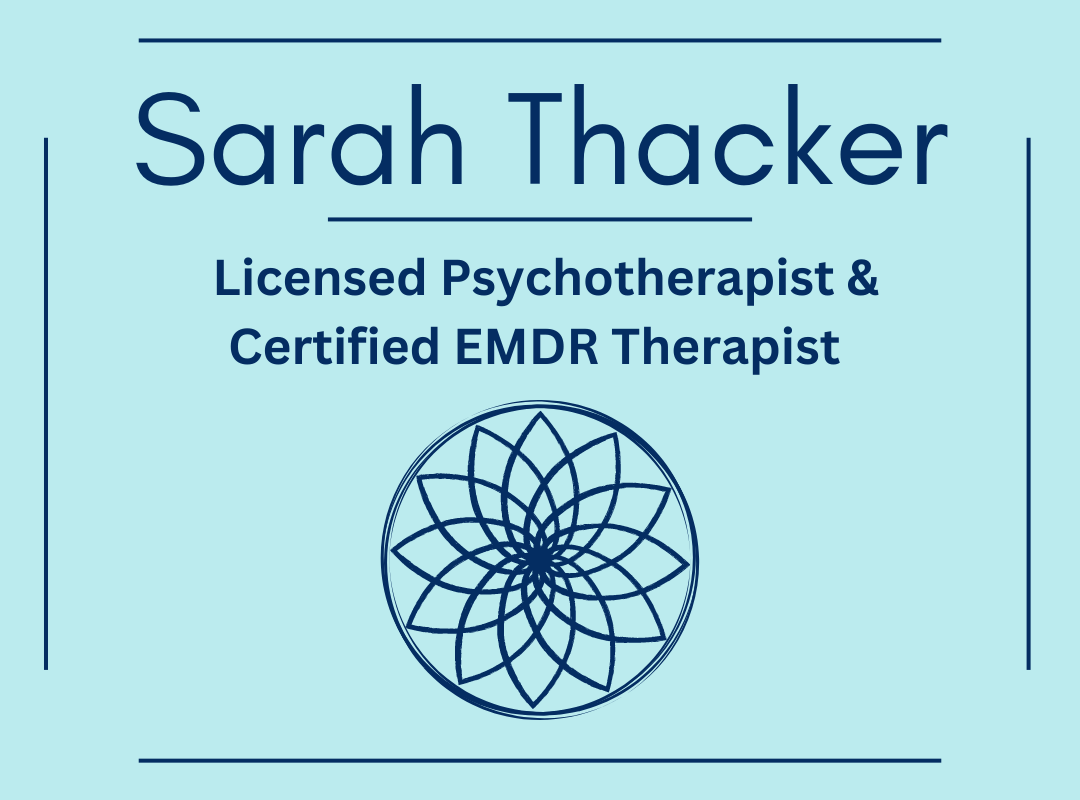The Merriam-Webster dictionary defines compassion as, “sympathetic consciousness of others’ distress together with a desire to alleviate it.” Being compassionate means to suffer along with someone, to understand it, and to offer support to help release the suffering.
When talking about compassionate eating as a concept, I am not asking you to suffer with your food, or to feel any sort of distress about food or eating. Compassionate eating is more about how to be with yourself if you struggle with emotional eating, and the ways that compassion can offer relief from some of the suffering you may experience as a result of emotional eating patterns. If you struggle with negative self-talk, or if you experience any other internal distress as it relates to the process of eating and food choices you make, engaging with compassionate eating as a practice may help to alleviate some of the internal suffering that you experience.
Many who struggle with emotional eating, or any sort of disordered eating pattern, often feel a sense of persistent guilt and shame based on their food choices. The negative self-talk can be a precursor to eating, something said while eating, and most certainly following a food choice that is eaten out of emotional distress and not deemed “the right choice” or “perfect.” For example, prior to eating, negative self-talk might sound something like, “I shouldn’t eat this.” Negative self-talk during the process of eating might sound like, “I shouldn’t be eating this,” and after eating it might sound like, “I shouldn’t have eaten that…”
There is a lot of overlap with each of these negative self-talk circumstances—and it all comes down to the shoulds. When we Should ourselves, we are immediately putting ourselves into a place where we are subjected to experiencing guilt and shame. The message of the emotion guilt signals to us is, I did something wrong, where as the message of the emotion shame signals, I am something wrong. If I tell myself, I shouldn’t be____________ (fill in the blank with anything) I am signaling through emotion (guilt/shame) inherent internal distress.
If I’m saying to myself “I shouldn’t be doing this,” no matter what “this” is, it signals that it must be wrong, bad, shameful, embarrassing, or I’m weak, and so on. The emotional discomfort that follows can lead to painful and really cruel thoughts about ourselves including not being good enough, not in control enough, not perfect enough, not enough just as I am. These feelings can trigger a negative thought loop and an internal shame spiral that may trigger more emotional eating, or any other negative self-soothing behaviors out of this feeling of deep internal suffering that something is wrong with me.
This is where compassionate eating steps in to help alleviate this pattern of deep internal suffering. Internal negativity and shame, inducing negative self-talk, is a form of suffering. The negative beliefs (e.g. I’m not good enough) that are internalized and reinforced become a pattern of low self-worth due to feeling not good enough, or feeling like a failure, or any other negative internalized belief. Self-compassion is the ability to suffer with oneself in a hope to relieve the suffering in a way that neutralizes the negative self-talk. When you offer yourself true self-compassion, you are allowing yourself to hold space for your feelings and experiences in a non-judgmental way. This can have a neutralizing or releasing impact on the discomfort you are experiencing. Giving yourself compassion allows the experience of becoming sympathetic towards yourself—with a desire to alleviate that suffering.
Kristin Neff, who literally wrote the book on self-compassion, (which I highly recommend) breaks down the process of practicing self-compassion into these three elements:
1. Mindfulness
2. Self-kindness
3. Common humanity
The first is about how when we bring mindful awareness to a feeling or experience we are seeing it more broadly and without judgment, versus the felt state of over-identification with the suffering (e.g. I am not good enough, or I’m a failure) that triggers the negative self-talk. The second element of self-compassion is self-kindness. This process helps to release the self-judgement, I am ok versus I am a bad, weak, or a not a good enough person. The third element is creating a sense of common humanity, bringing in the awareness that the feelings and experiences are universal. This opens us to the understanding that suffering simply cannot be avoided if one is a human, and allows a feeling of not being alone in the suffering and discomfort of one’s own experiences, emotions, and behaviors.
Practicing self-compassion in a form of compassionate eating when struggling with emotional eating might look and sound something like this:
Mindful awareness of the feeling/experience: “I feel shame for eating something when I wasn’t hungry despite my attempts to be more mindful of my hunger and full cues, I want to change my emotional eating patterns and I feel really sad when I feel as though I’ve failed.”
Self-kindness is creating an opportunity to speak to yourself as you would a friend, loved one, or anyone you care about. Consider a good friend came to you with the same feeling or experience, you might say to them: “I understand why you feel so disappointed and down on yourself, you have been working really hard to eat more mindfully and intuitively, however, please know that no one is perfect and everyone struggles at times. What you are trying to accomplish is really challenging and takes time. I’m here for you and want to support you as you continue to heal, I believe in you.” Turn the same sentiment inward, say all of this to yourself. If you have a hard time being kind to yourself, imagine that it’s as if a friend, mentor, family member, or even your pet is saying it to you. Really let it sink in and offer you comfort.
Common humanity is the ability to recognize the universality of the feeling, it might sound something like this: “I can recognize that this is a part of the human experience, at times everyone feels shame or disappointed in a choice they make.” This practice of self-compassion is asking yourself, can you be more gentle with yourself? Can you see that you were having a really bad day and struggling and the food felt like the only option you had to feel better at the time? Changing a pattern of behavior is really, really difficult. It takes so much time, effort, focus, intention, and practice to do. The process of self-compassion and being with yourself in this kinder, more gentle way allows you to heal some of the underlying negative mental and emotional patterns that are perpetuating the behavioral patterns. It all works together.
I recommend adding a daily self-compassion practice where you can check in with yourself consistently and begin to offer yourself this three step process. Go through the steps of offering yourself mindful awareness, self-kindness (just like you would to a friend) and giving yourself the opportunity to connect with the felt sense of the common humanity of your feelings and experiences. Remember that you get good at what you practice. This will feel hard at first. Remember that you most likely would never speak to someone else the way you speak to yourself in those negative self-talk moments. So why do you allow yourself to speak to yourself in this way? Most people don’t even notice the level of cruelty they inflict on themselves, and yet they feel the painful impact and discomfort that becomes self-created. Also, many people fear that being kind and gentle with themselves will make them feel like they get a pass, that they’ll never change if they aren’t uncomfortable or unkind to themselves. Maybe they received “tough love” or felt that they were shamed into doing things or being a certain way that was expected of them growing up and then they internalized this way of speaking to themselves. However, this cruelty never works in the long run. Unkindness, cruelty, and meanness lead to shame, pain, and suffering. These feelings usually lead to increased feeling of defeat, depression, anxiety, and fear. True change comes from encouragement, practice, self-awareness, empowerment, and more practice. Self-compassion offers a way of being with yourself that is more grounded, positive, and mindful. Compassionate eating offers of way of being with yourself and your experience with food and eating in a more kind, thoughtful, and empowered way.
The next time you find yourself in a negative thought loop, give the three step self-compassion practice a try and notice what happens for you. The next time you hear yourself saying “I should or shouldn’t be _____________, pause and try more compassionate self-talk instead and notice the outcome. Here’s to finding more inner peace, more peace with food, and more peace with your inner thoughts. Remember, you cannot heal your way out of being a human, but with practice you can love and accept yourself for exactly who you are in this moment.



